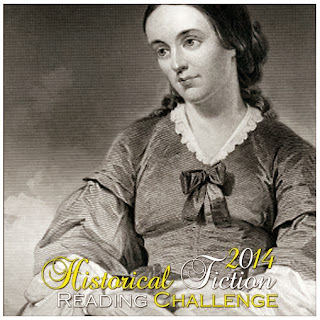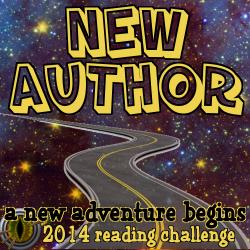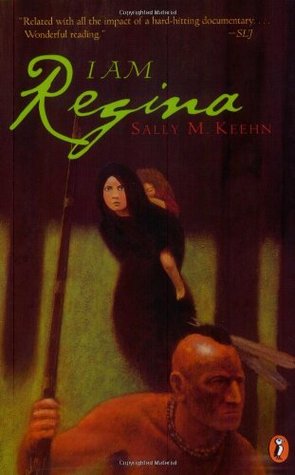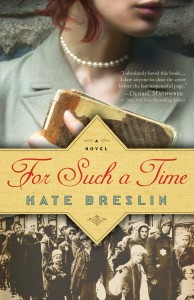Source: Harper and TLC Book Tours
Hardcover, 384 pages
On Amazon and on Kobo
The Sea Garden by Deborah Lawrenson is not your typical novel in that there are three distinct novellas inside with three distinct protagonists, who just happen to be connected. The atmosphere and settings play a large role in the novel, setting the stage for the mystery and espionage that unravels, but the beginning of this novel is deeply mysterious, almost too mysterious. It is like the author was unsure of whether this should be a ghost story or something less Gothic. Readers meet Ellie Brooke at the beginning as she makes her way abroad to Porquerolles near France to meet with a potential client about reviving a memorial garden. The landscape is lush and old world, almost as if it were stuck in time, and Ellie begins to sense that there is something not quite right with her client’s family and their intentions.
“Under close questioning, however, the picture in her mind did not seem as robust as it had been. She judged it unwise to say so. Best to go with her instincts that her memory was true.” (page 25)
These women are searching for truth in the darkness, with Ellie searching for her client’s motivations and Marthe searching for the connections she had with the outside world before she lost her sight and Iris looking to reconcile the past. The second section and third sections of the book are set in WWII, unraveling the background of the story in a winding fashion as if following a darkened path through the woods before reaching the vast openness of the sea. There are clues along the way to help readers gauge where the story is headed and how it all connects back to the first third. From the underground dealings of the French Resistance that relied upon deceit and subtle signals in the perfume worn by network members to the secret codes embedded in innocuous notes and wireless signals over radio waves, readers will learn about the precarious nature of these resistance fighters’ lives and the love that they shared across the boundaries that they crossed morally, emotionally, and physically.
“On the southwestern side of the island the path opened out into a small bay, reinforced by jagged rocks. All seemed at peace. It was too early in the year for tourist hordes; here was freedom from the modern world, for a while at least. There was a timelessness about being on an island so small that it seemed closed in on itself; the sense of being adrift, not quite connected to the rest of the world.” (page 31)
The Sea Garden by Deborah Lawrenson is as mysterious as the rundown memorial garden on the island, but as the crevices are scrutinized and the relics uncovered, they mystery begins to unravel a truth that has long been buried in secrets of the French Resistance and WWII. These strong women must cope with what they uncover and reconnect with the past. Being undercover in an enemy territory can be as lonely as living on an island disconnected from reality, but there is nothing more disconcerting than being unaware of your own past, only to uncover it when you least expect it.

Photo credit: Rebecca Eifion-Jones
About the Author:
Deborah Lawrenson studied English at Cambridge University and worked as a journalist in London. She is married with a daughter and lives in Kent, England. She and her family spend as much time as possible at a crumbling hamlet in Provence, France, the setting for her novel The Lantern and inspiration for The Sea Garden. Find out more about Deborah at her website, read more at her blog, and connect with her on Facebook.







 About the Author:
About the Author:


 About the Author:
About the Author:
 About the Author:
About the Author:



 About the Author:
About the Author:

 About the Author:
About the Author:
 About the Author:
About the Author:



